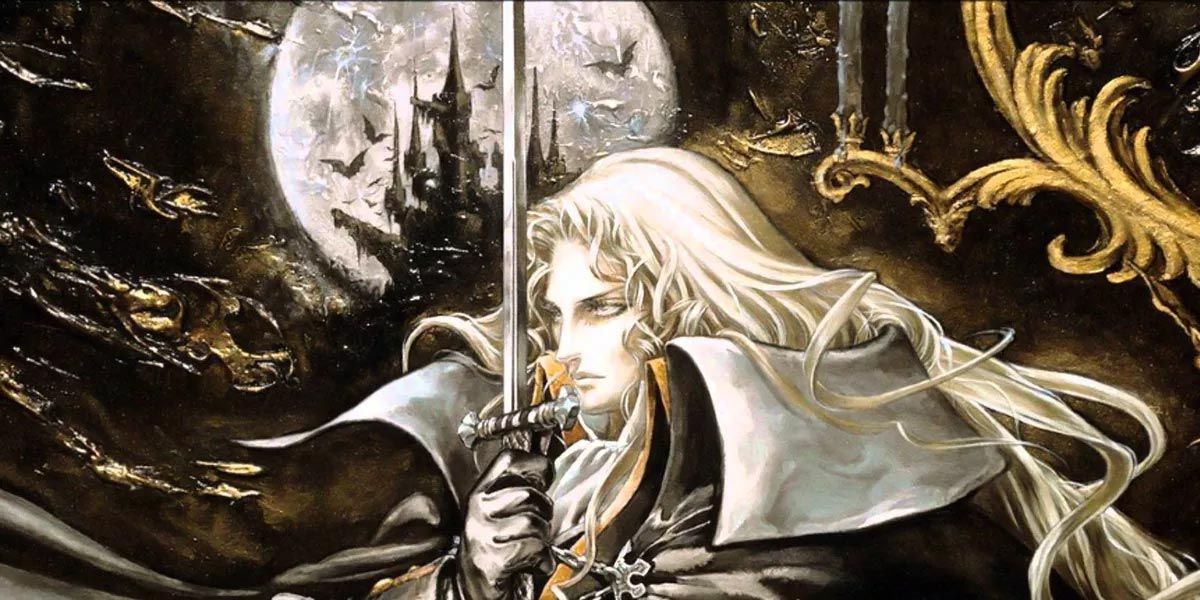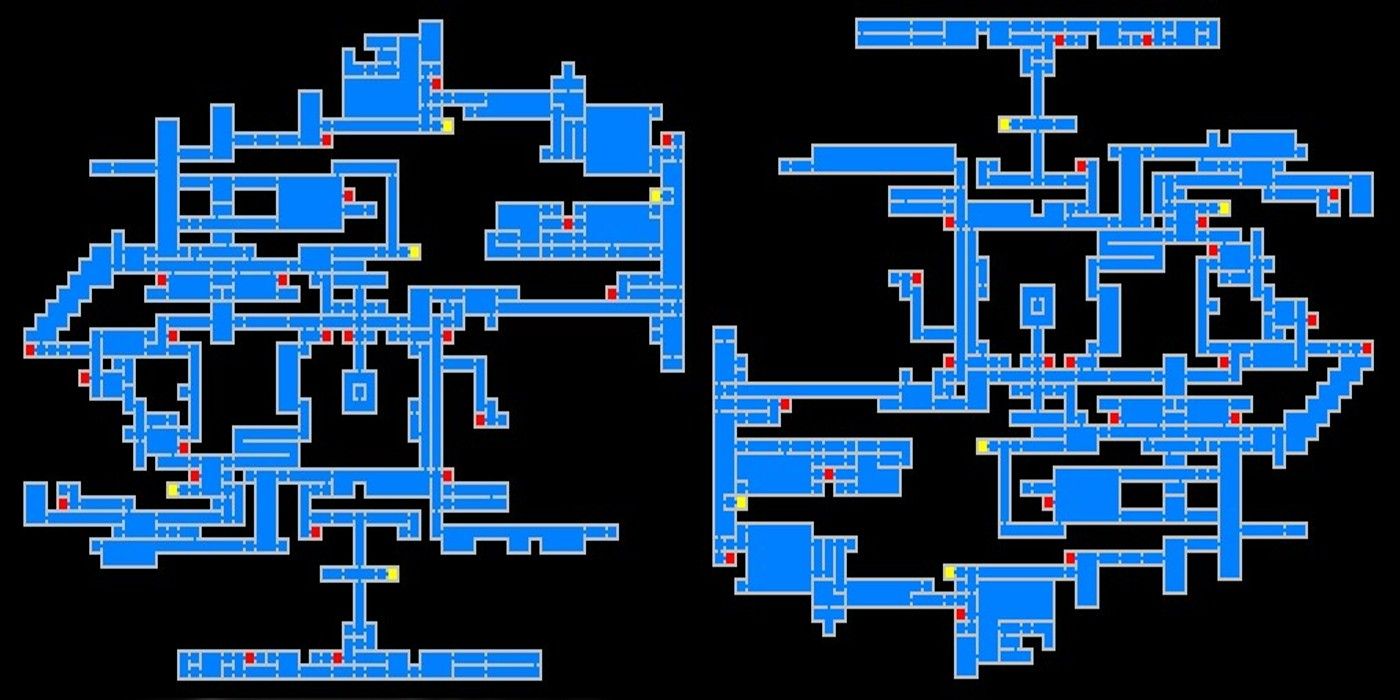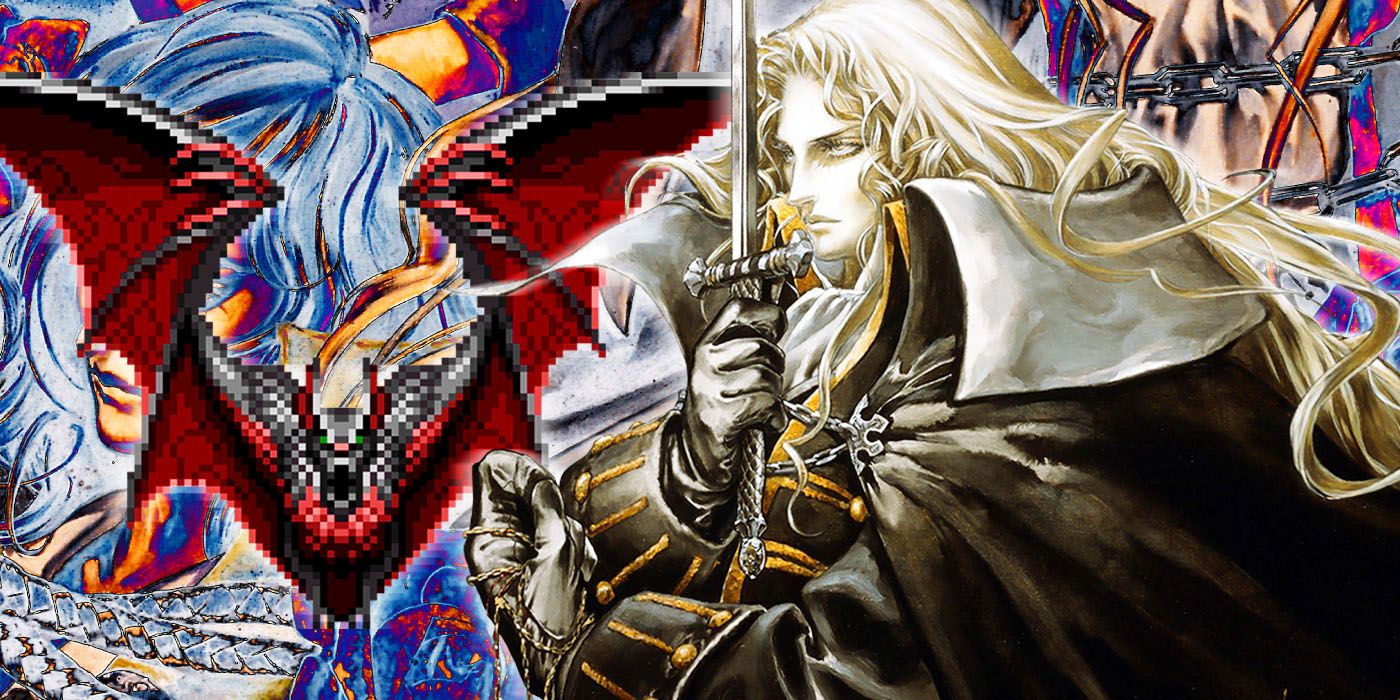Many players look back on Castlevania: Symphony of the Night fondly, and with good reason. Not only was the game extremely fun to play and had an interesting story and bosses, but it brings back a strong sense of nostalgia for many players. One of the biggest surprises of the game was the appearance of the inverted castle after one reaches the top of the original castle. The spectacle was amazing for many players, but after a second or third playthrough, it becomes clear that, while being a terrific surprise, it's actually a major weak point for the game.
Castlevania: Symphony of the Night is an action/adventure RPG released on March 20, 1997, for the original Playstation. The game focuses on Alucard, Dracula's son, as he tries to defeat his own father and put an end to his evil. While the game initially sold poorly, it eventually became one of the most popular entries in the entire series. As stated though, this does not mean it was flawless.
Upon reaching the top of Dracula's castle, instead of fighting Dracula, players face off against Richter Belmont. If players have a special item equipped, they can break a spell cast over Richter and watch a cutscene of the inverted castle descending from the sky to mirror the original castle. This is a memory that few players are soon to forget. It brings about the anticipation and excitement of exploring this new castle, but that excitement doesn't last forever.
One of the most notable flaws in the design, and the one most likely for one to notice on their first playthrough, is maneuverability through the inverted castle. As the castle's layout is based around the first half of the game, during which Alucard gained new movement abilities, much of the inverted castle requires bat form. While it doesn't make it difficult to progress through the castle, it's not as fun as moving around as Alucard, especially when one wants to fight off Dracula's hordes. The transition between movement and fighting is not as smooth as it was during the normal castle mode, breaking up the flow of combat and destroying the game's fluidity.
Another major flaw of the inverted castle is that none of the areas are new. While there are new enemies to fight and items to find, the actual map itself is simply the castle turned upside down. This leads to players already knowing where everything is and how to traverse the castle, taking away much of the exploration part of the game that the first half does so well. Much of the area feels like filler content added to make the game longer. With a lack of any real change from one castle to the other, the majesty that one initially feels upon seeing the inverted castle fades to tedium as one grinds their way through to the end of the game.
While Castlevania: Symphony of the Night is a fantastic game that deserves recognition, it is also important not to overlook its shortcomings. Nostalgia can blunt many edges in the mind of the player, but that doesn't make them go away. Acknowledging these failings helps one appreciate the games that surpassed Symphony of the Night in these aspects, such as Aria of Sorrow and Order of Ecclesia -- titles that deserve just as much respect as Symphony of the Night.



